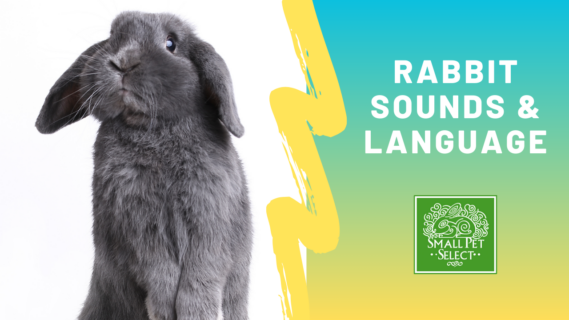Curious about the secret language your bunny is speaking? From adorable binkies to thumping tales, we're investigating and decoding rabbit sounds and understanding the language of your bunny.
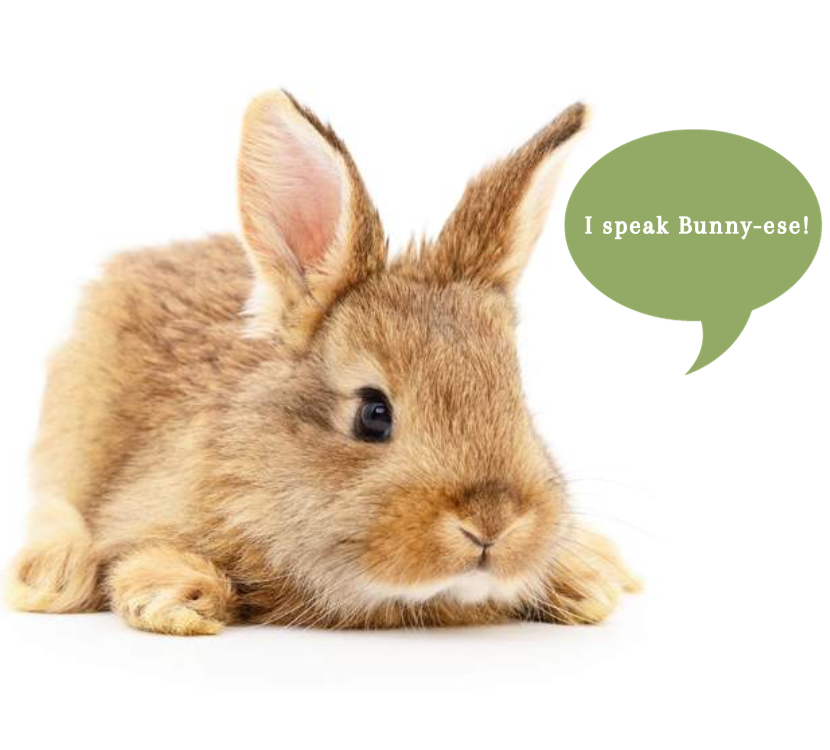
Rabbits are generally recognized for their quiet nature, distinctive long ears, and fluffy tails. However, it may surprise you to learn that these adorable creatures are actually intriguing communicators. While they don't use words like humans, these furry friends possess their own distinct language consisting of various vocalizations and body language signals.
Build a Stronger Bond by Responding to Your Bunny's Language
Rabbits are extremely intelligent, affectionate, and social creatures. As many of us have already experienced, they can also be a bit complex, willful and demanding. It's no wonder why it's been said that there's as many rabbit personalities as there are rabbits.
Rabbits are capable of experiencing a range of emotions throughout the day, like happiness, anger, excitement, boredom, and various other natural feelings. Especially when it comes to food, toys, hidey spots, and social interactions, each rabbit has their own preferences and will make those known.
As paw parents, it's up to us to observe our pets' unique personality. Pay close attention to your buns' reactions to different stimuli and situations. Regularly observing your rabbits' behaviors will help establish patterns over time so that you become attuned to their specific needs and preferences.
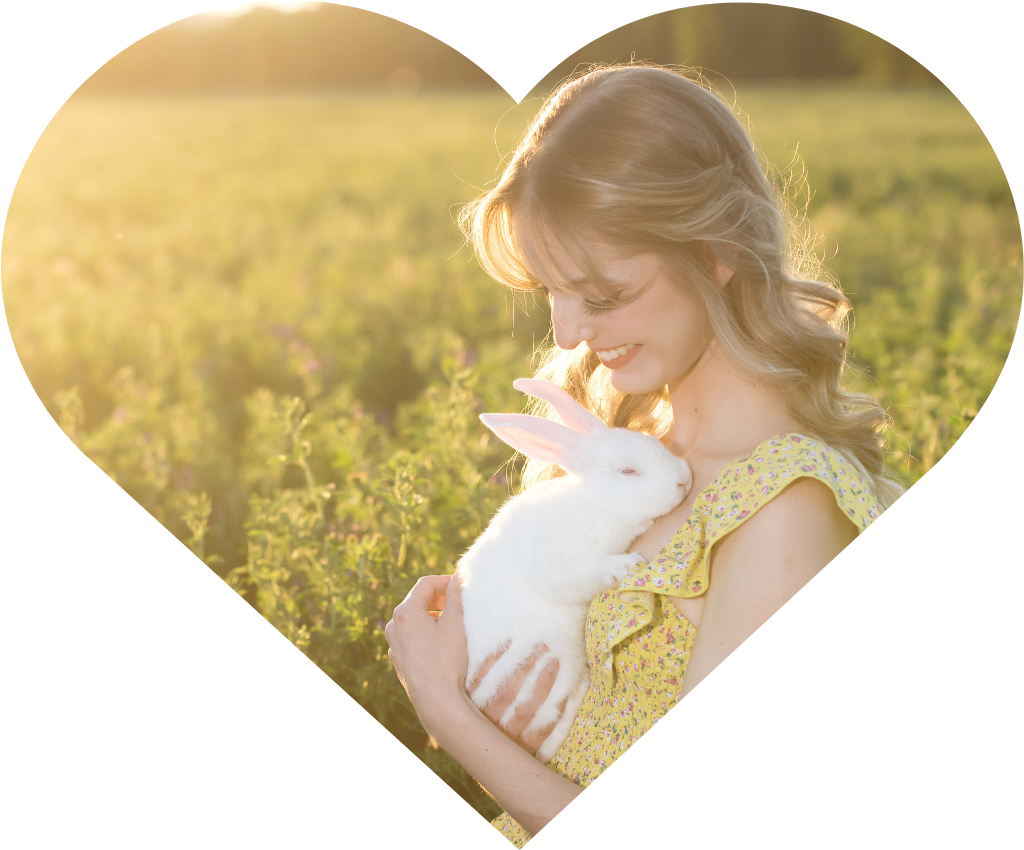
Rabbits rely on nonverbal cues to convey their feelings and needs. Whether they're indicating discomfort, expressing unease, exuding pure joy, or any other emotion, mastering the art of deciphering both verbal and nonverbal cues will greatly enhance your bond and contribute to your pet's overall welfare. Follow along to become a language expert in "Bunny-ese".
Types of Rabbit Sounds: Bunny Basics
Honking:
Excited rabbits will sometimes emit a honking or buzzing noise. This means they are happy or feeling excitement about whatever they are doing.
Teeth Grinding:
Since rabbits teeth continuously grow, it's perfectly normal behavior for them to grind their teeth periodically.
Also true, when a bunny grinds their teeth, they may be communicating enjoyment. It’s common to hear a purr or soft patter or tooth purr when a rabbit is getting petted.
On the contrary, loud and often grinding teeth possibly mixed with a hunched or tense posture may mean they are feeling pain.
Thumping:
This is a bunny’s way of warning others they sense danger. In the wild, this is a rabbit's way to warn their herd.
A thump noise is made when a bunny hits their hind leg against the ground to communicate to others that they should “watch out.” At home, your rabbit may thump when feeling scared, stressed out, or frustrated.
Screaming:
Hopefully this is one sound you'll never have to hear. The only time a bunny screams is if they are in tremendous pain or fear. The noise is exactly as it sounds, a terrifyingly unmistakable high-pitched scream.
In this case, they should be attended to and brought to the vet immediately.
Grunting:
A grunt or a growl from your bunny signifies warning, anger, or stress. This is their warning that they need some space.
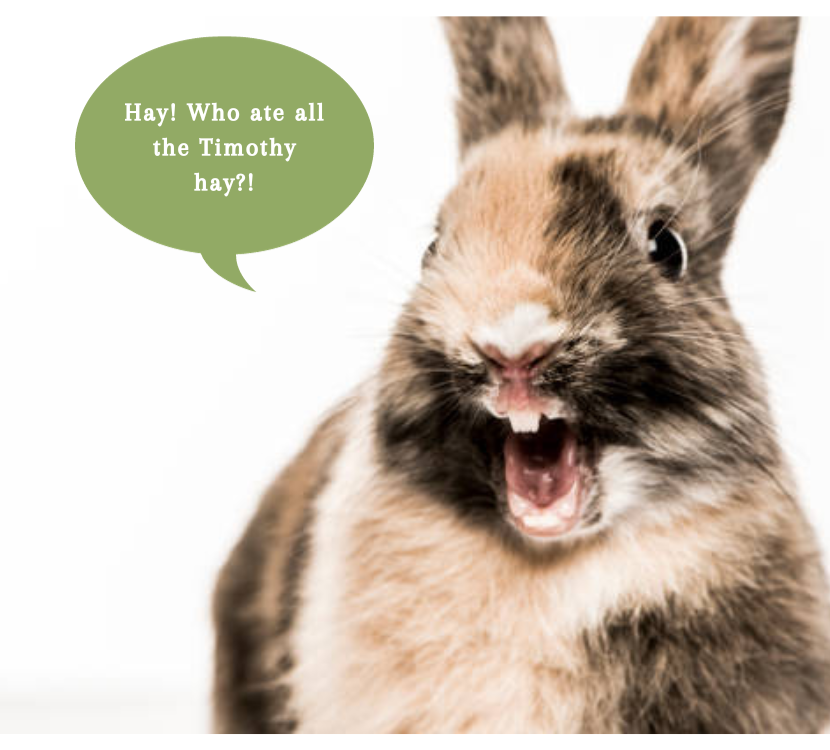
Rabbit Body Language: Silent Communicators
Binky or Binkying:
As a way of expressing joy, bunnies typically dance by leaping into the air. Sometimes, buns get a running start and leap into their sudden burst of binkying. These are the adorable moments a bun parent lives for.
Chinning:
Rabbits have a unique way of showing many emotions, and chinning is one of them. Their chin has special scent glands on it, so they mark their territory with their chins.
Similar to pet cats rubbing against your leg, if your pet rabbit places their chin on your shoulder or arm, they are claiming you as theirs. How sweet is that?
Digging:
Rabbits will dig with their feet onto their owner’s legs or feet as a way to get attention. They are typically looking for a treat or to be petted.
Flopping:
A flop is when your bunny rolls over onto their side. This indicates contentment when bunnies roll over and flop down to relax.
Kicking Up Feet:
Not to be confused with a binky, when bunnies kick their feet up while hopping away, this is a sign of being displeased. It appears that they are kicking dirt in their opponent’s face as a way of expressing their displeasure.
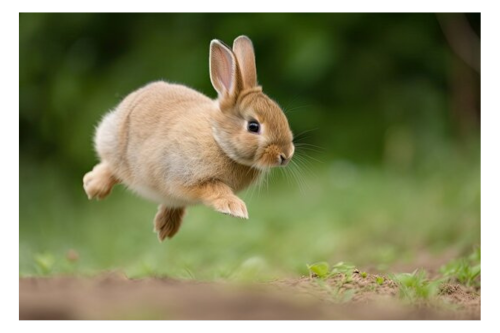
Licking:
Licking is a way bunnies groom each other. When your bunny licks you, it signifies affection, mirroring the way pairs of bunnies often bond and groom each other in this manner. A bunny's lick is a clear indicator of a strong bond.
Nudging:
Rabbits explore their environment by nudging and sniffing around. However, nudging their human typically means one of two things: territorial behavior such as letting you know you're in their way, or bun is simply trying to get your attention such as wanting a treat or to play with you.
Whether it's an act of bossiness or attention seeking, your rabbit is trying to get your attention. Before your bun needs to nudge that its playtime, grab a toy like our Buckwheat Chains or Sea Grass Mats for some fun toss and tug action.
Friendly Tip: When it comes to playtime, you'll want to have a variety of items on hand to keep your bun happily engaged. Our collection of Natural Toys and Chews for Rabbits has everything you need for fun bonding with your bun.
Nipping:
Sometimes an ignored nudge is followed up with a nip as a way to get attention. Typically, your cutie means no harm with a small nip. In other cases, such as when you’re in your rabbit’s space and they feel territorial or threatened, you may get a bite.
Running Around:
If your bunnies are running around at high speeds, they're feeling major excitement. If you're lucky, this speedy movement is sometimes followed by an adorable binky! You might experience this behavior when your bunny is about to get one of their favorite treats.
When we strive to better understand and communicate with our pets, we can fulfill their needs. In return, we're rewarded with the invaluable lessons that our cuties have to offer us.
As you familiarize yourself with the sounds of your bunnies, their non-verbal cues, and meanings; you'll develop a closer, bonded connection with your Bunny-ese" speaking cuties.
We are not veterinarians, and none of our information should be construed as veterinary advice.
Before adding any new product, please consult your exotic veterinarian. If your pet is acting unwell and you have concerns for their well being, please contact your vet immediately.



